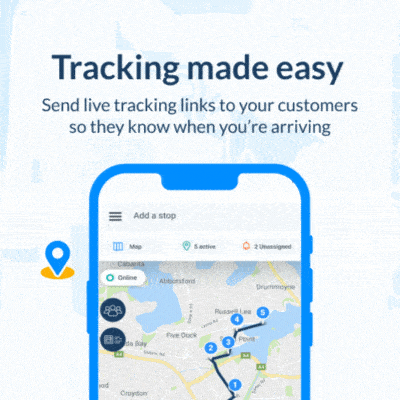The fusion of the digital and physical world is opening up the e-commerce landscape to a whole new realm of possibilities. Augmented reality (AR) is leading the charge.
According to Statista, there were 1.5 billion frequent AR users worldwide, as of 2021. The number of AR consumers globally is expected to grow to 4.3 billion by 2025. When this tech is brought into the e-commerce space, it ushers in a future where shopping is more engaging and user-friendly.
How AR transforms online shopping
Using AR, retailers can create an immersive experience for customers, regardless of whether they are looking for the latest fashion accessories, a funky new hairstyle, or a new lounge set.
Since augmented reality technology allows users to visualize products digitally in a real-space environment, it could reduce buyers remorse and will help to boost customer satisfaction. Overall, it makes the shopping experience more engaging and reliable.
Here’s how some retailers are already using AR tech:
1. Virtual fitting rooms
Sephora and YSL Beauty have rolled out virtual try-ons – or virtual fitting rooms, if you will.
This feature allows customers to “try on” an outfit or new makeup before purchasing the item. By using their smartphones, customers can blend digital and physical realities and get a clearer picture of the product before making a decision.
Sephora’s Virtual Artist app scans your face and ‘memorizes’ specific features. It then shows you a mirror image of what you look like with various lipstick shades, eyeshadow colors, and other standard makeup applications.
2. Interior decor made easy
Buying furniture can be an expensive endeavor. A new lounge set may look like your dream item in store, only to discover it doesn’t really match the ambiance of the room when you bring it home.
Ikea and Amazon have introduced AR to combat this problem. Consumers can ‘preview’ a new piece of furniture before buying.
3. Interactive guides and manuals
Then there’s the after-sales care. With AR, retailers can provide interactive manuals on how to assemble furniture, for example. This makes the setup process less intimidating for a customer. It also reduces the possibility of returns.
Imagine pointing your phone at your DIY furniture project and seeing step-by-step instructions on how to assemble the item. It could also be used as an educational tool, like Google is doing for teachers.
AR in social engagement
AR has been used on the social sphere for quite some time – from Instagram and Snapchat filters, to the way news is reported.
Adidas lets shoppers take a selfie with their logos while Disney lets you add Mickey Mouse or Minnie Mouse ears to your photos.
Brands can create Instagram and Snapchat overlays to promote their products or services in a fun and interactive way. It’s a handy feature which could also be used to leverage brand engagement.
The bigger picture
This technology is not just about enhancing customer experience; it’s also reshaping the e-commerce landscape. And with AR users predicted to grow to 4.3 billion by 2025 and generate $1.6 billion in retail revenue, augmented reality tech is set to drive e-commerce growth.
As retailers increasingly adopt AR, they’re finding innovative ways to bridge the gap between online and physical shopping.
AR’s growth signifies a shift towards more immersive and interactive online shopping, where customers can make more confident and informed purchasing decisions, while also creating a more dynamic and personalized shopping environment.
Share this article
About the author
Cheryl has contributed to various international publications, with a fervor for data and technology. She explores the intersection of emerging tech trends with logistics, focusing on how digital innovations are reshaping industries on a global scale. When she's not dissecting the latest developments in AI-driven innovation and digital solutions, Cheryl can be found gaming, kickboxing, or navigating the novel niches of consumer gadgetry.














